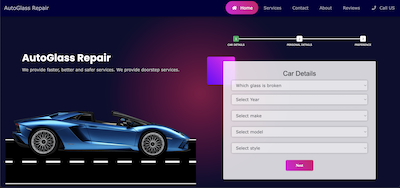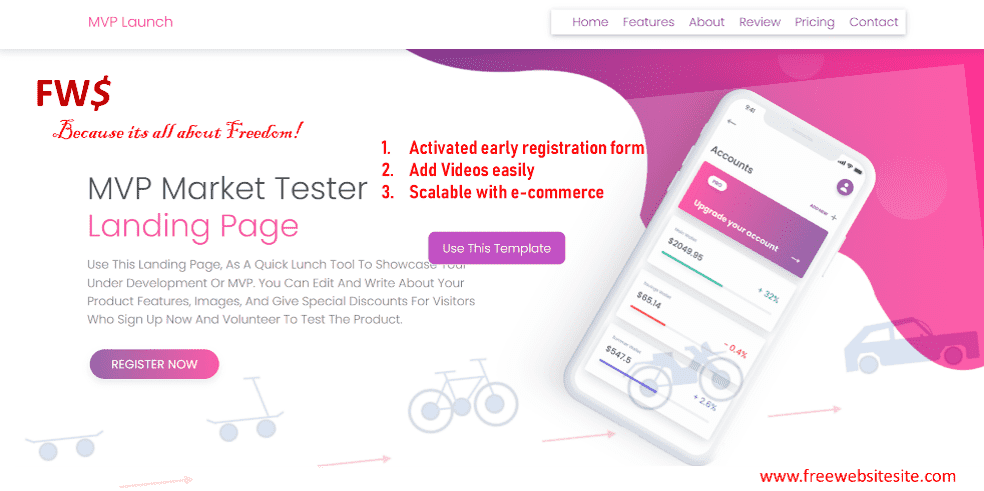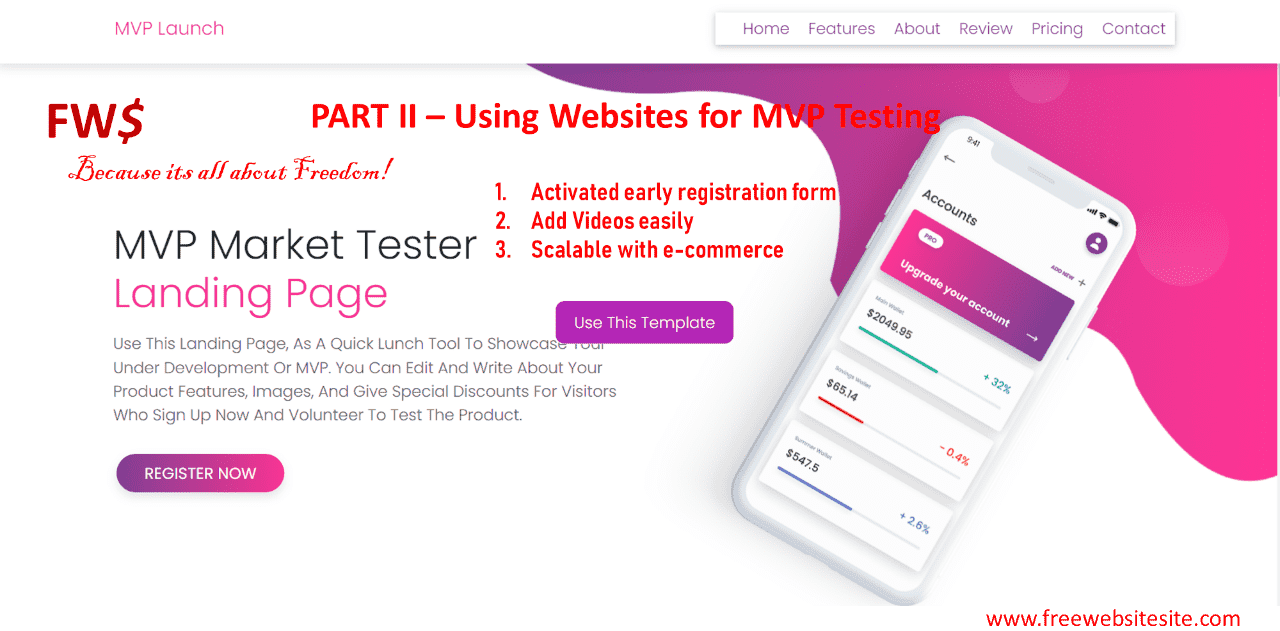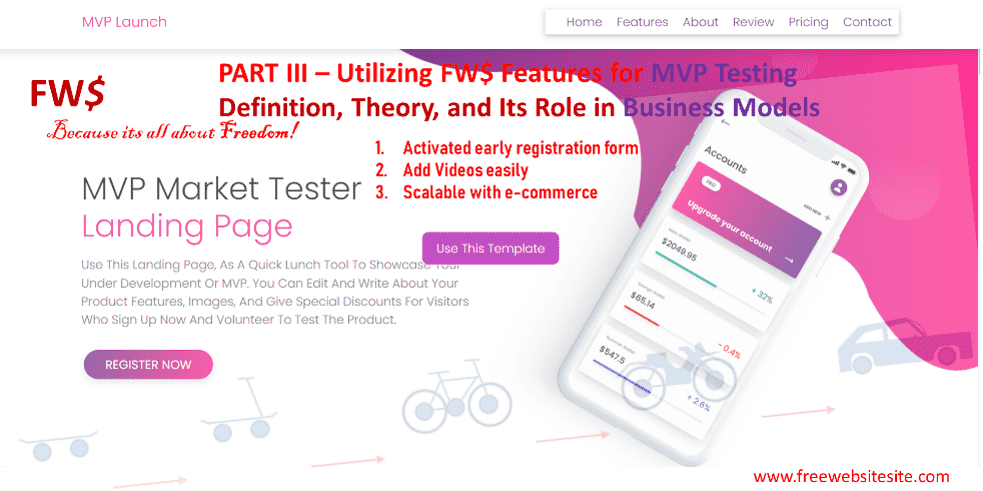Understanding Proof of Concept (PoC): The Key to Validating Ideas and Minimizing Risk
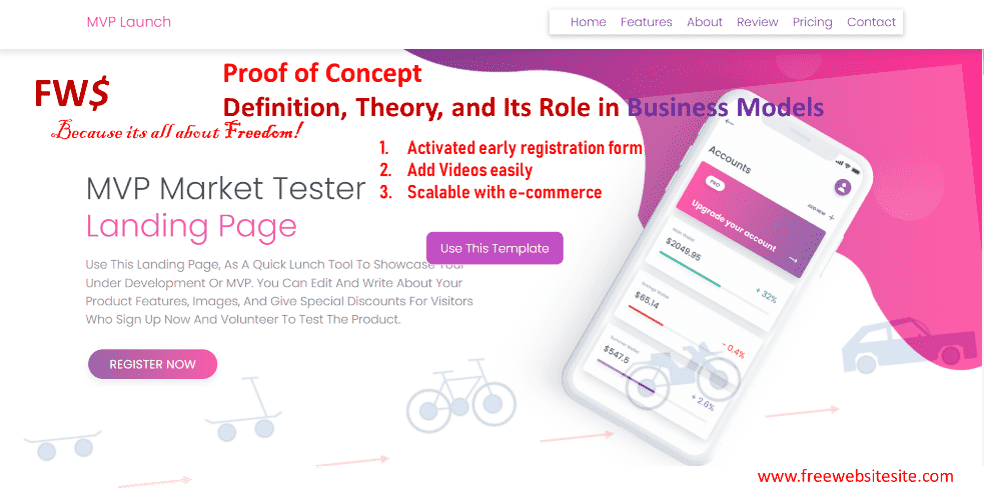
In todays fast-paced business environment, it’s essential for companies, especially startups, to test their ideas before fully launching them into the market. One of the most effective ways to do this is by creating a Proof of Concept (PoC). This process allows businesses to validate their ideas, gauge market interest, and minimize risks associated with product development. In this article, we’ll explore the key aspects of Proof of Concept, how it fits into business strategies, and how freewebsitesite.com can be the ideal platform for presenting your PoC.
What is Proof of Concept (PoC)?
A Proof of Concept (PoC) is a demonstration designed to test the feasibility and practicality of a new idea, method, or product. It helps businesses determine whether their concept has the potential to work in real-world scenarios before committing significant resources to full-scale development. The PoC is usually a small-scale model or simulation that demonstrates the concept’s core functionality.
The primary goal of a PoC is not to create a fully functioning product but to answer critical questions about the viability of the idea, such as:
- Can this concept be technically executed?
- Does it solve the identified problem?
- Is there a market demand for this solution?
- What are the potential risks, challenges, and costs?
By answering these questions early, businesses can avoid wasting time and money on unproven ideas.
Benefits of Proof of Concept (PoC)
Proof of Concept serves as a critical checkpoint in the product development lifecycle, offering several important benefits:
1. Risk Mitigation
Investing in product development without validating its feasibility can be financially and operationally risky. A PoC reduces these risks by identifying potential technical or market challenges early in the process. This allows companies to pivot or modify their approach before fully committing resources.
2. Cost Efficiency
Instead of developing a complete product, which may fail due to unforeseen technical or market issues, a PoC allows you to test only the most critical components. This lean approach can save businesses thousands or even millions of dollars in development costs.
3. Investor Confidence
Investors are more likely to fund a project that has been validated with a PoC. A successful PoC demonstrates that your concept is not just theoretical but can work in practice, which increases your credibility and lowers the perceived risk for potential investors.
4. Market Validation
Testing the PoC with real customers allows businesses to collect invaluable feedback on their concept. By gathering this data early, companies can better understand their target audience’s needs and preferences, thus increasing the likelihood of success in a full-scale launch.
5. Faster Time to Market
By focusing on validating the core elements of a product or service, companies can streamline their development process. This approach enables quicker iterations and faster responses to market demands, reducing the time it takes to bring a fully functional product to market.
How to Develop a PoC
Creating a successful Proof of Concept involves several key steps:
1. Define Objectives
Before starting the PoC, clearly define the questions you need to answer. These could include technical challenges, market demand, or potential cost concerns. The goal of the PoC is to address the highest-priority risks and unknowns.
2. Identify Core Features
A PoC should focus on the core functionality that will prove whether the concept can succeed. Avoid adding unnecessary features, as the aim is to test the critical aspects of the idea, not to create a full product.
3. Develop a Prototype
Once the core features are defined, develop a basic prototype or model of the product. This prototype should be functional enough to demonstrate the key aspects of your concept but does not need to be polished or feature-complete.
4. Test with Real Users
To gather meaningful feedback, the PoC must be tested with real users, ideally those who fit your target market. Collect their feedback on the usability, functionality, and appeal of the concept. This information will be critical in refining the idea or deciding whether to move forward with full development.
5. Analyze Results
The feedback from users and technical performance data should be analyzed to determine whether the concept is feasible. Based on this analysis, you may decide to proceed with further development, pivot to a new approach, or abandon the idea altogether.
Statistical Truths About PoC Success Rates
Let’s take a look at some data that underscores the importance of Proof of Concept in product development. These statistics will provide insight into why a PoC is crucial for startups and established companies alike:
42% of startups fail because there is no market need for their product, according to a report by CB Insights. A well-executed PoC can prevent this by validating market demand early in the process. Source: CB Insights
According to a study by TechRepublic, 30% of software projects fail due to technical challenges that were not anticipated. PoCs help to uncover these technical risks before companies invest fully in development. Source: TechRepublic
64% of surveyed companies found that creating a PoC improved their chances of attracting investors, as reported by Statista. A successful PoC demonstrates to investors that a concept is feasible, reducing perceived risks and increasing confidence. Source: Statista
90% of startups that successfully complete a PoC go on to secure funding or launch their product, according to research by the Kauffman Foundation. Source: Kauffman Foundation
These statistics highlight how PoCs not only save time and resources but also significantly increase the chances of long-term business success.
Why Use freewebsitesite.com for Your PoC Landing Page or Market Release?
When it comes to testing your Proof of Concept, having the right platform to present and gather market feedback is essential. This is where freewebsitesite.com comes in, offering an ideal platform for businesses to launch their PoC landing pages and gather market insights quickly and efficiently.
1. Cost-Effective
As the name suggests, freewebsitesite.com allows businesses to create landing pages and showcase their PoC without incurring significant costs. This is particularly beneficial for startups or small businesses with limited budgets, as you can create a professional online presence without the hefty price tag associated with custom-built websites.
2. User-Friendly Interface
The platform provides a user-friendly interface, allowing you to create, design, and launch your PoC landing page in minutes, even without any prior coding experience. With customizable templates and drag-and-drop features, you can easily create a polished, professional-looking page that reflects your brand’s identity.
3. Gather User Feedback
One of the most important aspects of launching a PoC is collecting feedback from real users. With freewebsitesite.com, you can seamlessly integrate feedback forms, surveys, and user data tracking tools into your landing page. This allows you to gather valuable insights into what potential customers think about your product and make data-driven decisions about its future development.
4. SEO-Optimized
Launching your PoC landing page on freewebsitesite.com gives you the advantage of built-in SEO optimization, ensuring that your page ranks well on search engines. This feature increases visibility and helps attract early adopters who are interested in testing and providing feedback on new ideas.
5. Scalability
Once your PoC has been validated, freewebsitesite.com offers the flexibility to scale your project. Whether you want to expand the landing page, integrate e-commerce features, or build out a more robust website, the platform grows with your business, making it easier to transition from PoC to full product launch.
6. Real-Time Analytics
With real-time analytics, you can track the performance of your landing page, see how users interact with your PoC, and analyze conversion rates. This data helps you understand what’s working and what needs improvement, ensuring that you make informed decisions as you move forward.
Conclusion
Launching a Proof of Concept (PoC) is a critical step in validating new ideas and minimizing risks in product development. By conducting a PoC, businesses can save time, resources, and money, while ensuring that their concept is technically feasible and meets market demand. Platforms like freewebsitesite.com make it easier than ever to create PoC landing pages, gather user feedback, and fine-tune products for future success.
With its cost-effectiveness, user-friendly design, and integrated feedback tools, freewebsitesite.com provides the perfect solution for startups and established businesses looking to test their ideas and collect real-world data. Don’t leave your product’s success to chance—use a PoC to validate your idea, and choose freewebsitesite.com to showcase it effectively.
Sources:
- CB Insights
- TechRepublic
- Statista
- Kauffman Foundation
